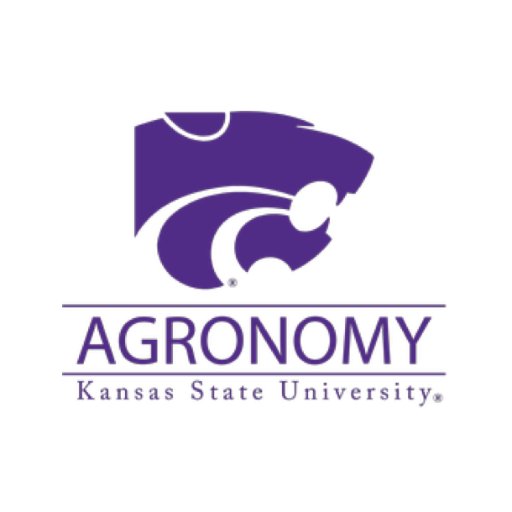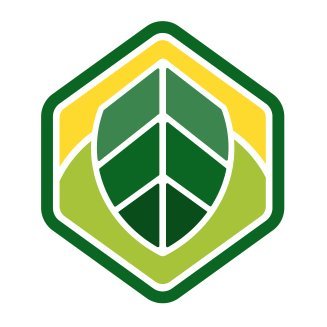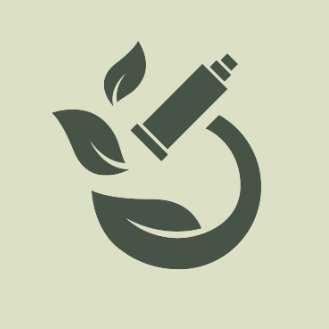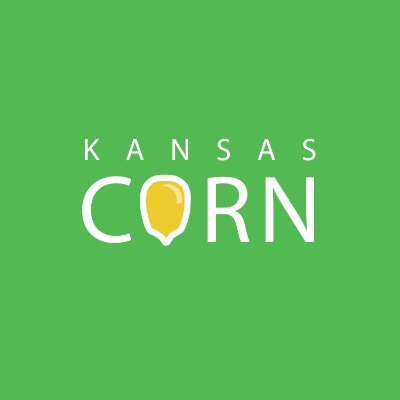
K-State Department of Entomology
@KStateEntom
Followers
3K
Following
1K
Media
289
Statuses
2K
Great folks doing great work with small creatures in a great place! https://t.co/C9WZsIS9Fo
Manhattan, KS
Joined May 2013
K-State veterinary entomologist Cassandra Olds discusses two invasive insects being monitored in Kansas: the asian longhorn tick and the New World screwworm. 🪰 Found an insect you are unsure about? Send it to K-State's Insect Diagnostics Lab! https://t.co/z1Wk8MKNwN
0
2
2
Fall armyworm are highly variable in coloration, but the thickest stripe on the side is always dark, and the head capsule bears a distinctive inverted 'Y'. Read more on identifying them: https://t.co/LCLmIUm8OA
0
1
2
Fall armyworm scouting should continue until the first frost of the season for at risk crops and pasture. It is critical to scout often and treat, if needed, when the caterpillars are less than a half inch long. More info: https://t.co/yMlKS4f8F2
@westksbugs @KStateRE
0
5
9
On #AgToday: • June Meat Demand Monitor • Western Kansas Cotton and Pests • Working Around Wildlife in Fields https://t.co/uxnN7o5krL
0
4
6
This eUpdate has articles on #wheat soil fertility, resources for managing wheat streak mosaic, late-summer insects in #cotton, fall armyworm update, and more! https://t.co/jtjaFNnJT2
#ksag
0
6
8
Soybean insect defoliation training from Extension at https://t.co/ucID5pWeli.
@DominicDReisig @OhBuggers @erinwhodgson @TBryant_VT @ashmfaris @ScottGraham72 @justinmcmechan @UNLEntomology @MSUEntomology @UFEntNem @BobWrightUNL @PetersonInsects @bmccornack @ILPestSurvey
0
10
25
Image sent in to our https://t.co/8z9ExWjYd7 program. Potter wasp nests. Each one contains a developing wasp and is likely provisioned with paralyzed caterpillars or beetle larvae for the young wasp to eat.
0
0
1
Fall armyworm scouting should start for at risk crops and on a weekly basis for the remainder of the growing season. Read about identification, damage thresholds and more. https://t.co/DZYAsF7NGp
0
1
2
Reducing Mosquitoes: Jeff Whitworth, K-State crop entomologist, begins the show talking about mosquitoes, the best for managing them and the health issues they can carry. https://t.co/HvV5chpMF2
0
0
0
On #AgToday: • Reducing Mosquitoes • Elevation of Extension, Part 1 • Elevation of Extension, Part 2 https://t.co/piZRNAMxwR
0
1
1
Learn about the major insect and mite pests and strategies to manage their populations on greenhouse grown tomatoes https://t.co/oOL6Uf59LM
0
0
2
#Corn rootworm hatch is starting in southern KS and is 1–2 weeks out in the north. Dig, wash, and rate roots 10–14 days post-peak hatch (~684-767 degree days) to check management effectiveness. #ksag
https://t.co/arebRSLNyR
@westksbugs
0
5
12
New publication! Growing Tomatoes? Read "Insect and Mite Pests of Greenhouse Grown Tomatoes" 🍅🪲 https://t.co/oOL6Uf5HBk
0
0
0
Corn leafhopper (CLH) still NOT reported in Kansas. If you scout corn fields, make sure to check 👇to fine tune your aster leafhopper and CLH identification skills! @westksbugs
The Kansas Corn Commission is supporting efforts at @KSUPlantDr to monitor Corn Leafhoppers and Corn Stunt in KS, including a leafhopper trapping program and free testing of leaf hoppers and plant tissue for corn stunt. Learn more at https://t.co/WtlPgdykGs
0
12
16
Have you scouted your crop fields recently? K-State crop entomologist, Jeff Whitworth, discusses a few pests that growers could be seeing in their fields. He explains what to look for and what his recommendations are. https://t.co/6150FWsBhB
0
2
5
K-State entomologists are using egg shells to develop pesticides that can help protect dry-cured ham from damaging mites. https://t.co/TqIwDrf2bW
#KSRE #ksleg
0
1
1
That's our department head! Congrats @bmccornack
Congratulations to the 2025 Presidential Award recipients! 🥳 Jack Sytsma and Dr. Anne Longmuir received the Presidential Award for Excellence in Undergraduate Teaching. Dr. Brian McCornack received the Presidential Award for Outstanding Department Head. #KState
0
0
2
Homeowners should scout for bagworms. Bagworms around this time should be large enough to be spotted on broadleaf and evergreen trees and shrubs. You should be ready to “take action” against bagworms when they are observed on plants. https://t.co/12syMYkXiE
0
1
2
Kansas entomologist Brian Spiesman used Google’s Tensor Flow to build BeeMachine, an app that tracks hard-to-identify bee species. Since its launch, users have submitted thousands of bee sightings, helping gather invaluable information for conservation → https://t.co/gz75TB53Pz
0
3
5







